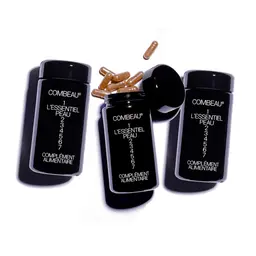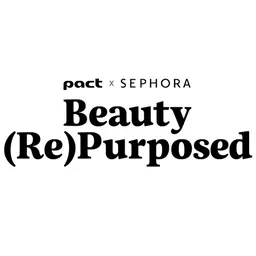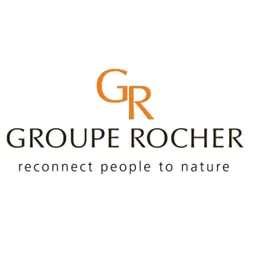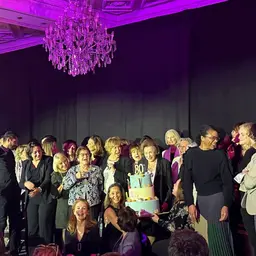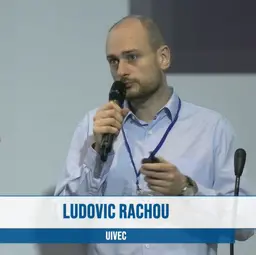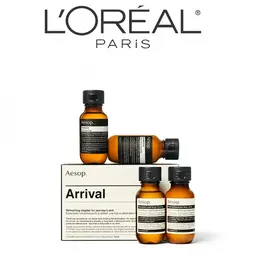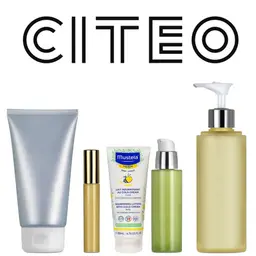
For certain pharmaceuticals placed on the market, it has been mandatory for many years to use Child-Resistant Packaging that cannot be opened by toddlers. What is less known is that this obligation may also apply to a few cosmetics. At the PCD show held in Paris in January 2017, Philippe Kern, of Neopac, presented an overview of the European and American regulations in force in this field.
Neopac
is a Swiss company specialized in the production of tubes, in particular for the pharmaceutical and cosmetics industries. It is also one of the first to have marketed CRP: Child-Resistant Packaging.
Neopac’s representative, Philippe Kern, highlighted the fact that regulations and/or risk assessments increasingly tend to require this type of packaging for very concentrated solutions, especially when consumers need to make the mixtures themselves, since these solutions might be hazardous from a toxicological standpoint if children have access to them.
A brief history of CRP
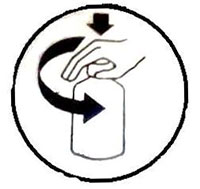 Philippe Kern dates CRP back to about fifty years ago. The first child-resistant cap, called ‘Palm N Turn’, was invented in 1967 by Canadian Dr Henri Breault.
Philippe Kern dates CRP back to about fifty years ago. The first child-resistant cap, called ‘Palm N Turn’, was invented in 1967 by Canadian Dr Henri Breault.
To prevent any case of child poisoning by chemicals contained in cleaning and gardening products, but also drugs and cosmetics, the United States legislated in 1970 with the Poison Prevention Packaging Act. Among others, the text defines the types of products whose packaging cannot be opened by children.
Since then, many countries have followed the American example, and standards on child-resistant packaging have grown widespread.
Products concerned
The categories for which regulations require child-resistant packaging are defined both in Europe and the United States.
In Europe
Regulation …

